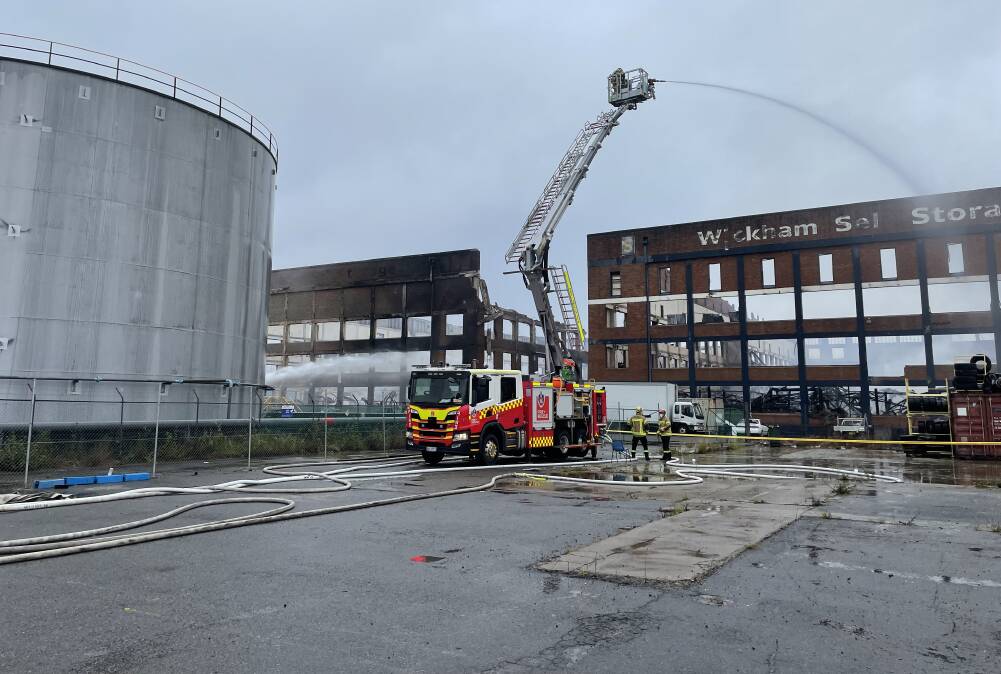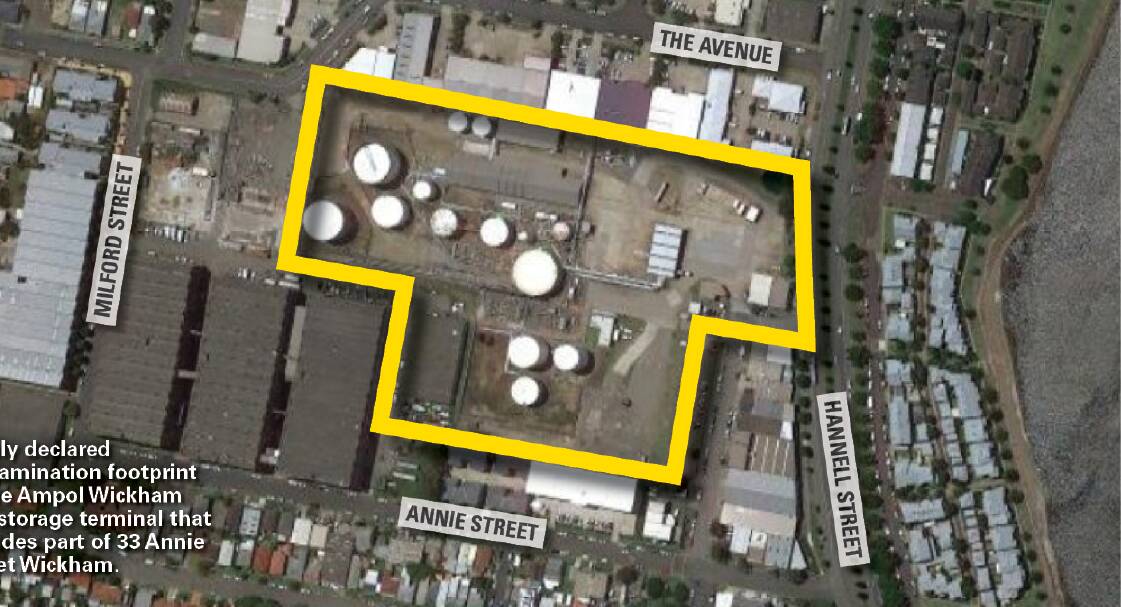
THE Environment Protection Authority's newly expanded contamination footprint around Ampol's Wickham fuel storage terminal is a sign for the community to keep a close eye on the groundwater contamination at the heart of the EPA's concerns.
After notifying residents of its decision, the EPA has said there is no evidence that hydrocarbon contamination was impacting nearby Throsby Creek - a short distance away across Hannell Street.
That may be the case, but the EPA's track record in the Hunter Region does not always inspire confidence, with the Williamtown PFAS debacle and the Orica's 2012 spill of toxic hexavalent chromium as examples.
Records show the Wickham terminal was built in 1929 and run by Golden Fleece until its sale to Caltex in 1981. A change in Caltex Australia's shareholders led to the Ampol rebranding in May 2020.
The terminal has been fed by the Sydney-to-Newcastle fuel pipeline since 1982, and there is nothing in the EPA's declaration to indicate that Ampol is doing anything other than a proper job in running and maintaining the depot.
But two pressures - the encroaching gentrification of Newcastle's old inner industrial suburbs, and the global push for electric cars and trucks to replace petrol and diesel - mean the terminal's halcyon days may well be behind it.
Long before the terminal closes, attention must focus on a proper rehabilitation of the site and whatever surrounding area can be feasibly reached for decontamination.
Unlike some big industrial sites in Sydney that saw contaminated soil removed or cleaned through large-scale heat treatment - thermal desorption technology developed here in the Hunter - big Newcastle industrial sites have generally been treated by the cheaper method of capping.
Newcastle steelworks and the Hamilton North gasworks were both done this way. Contaminated material remained buried, and deep underground walls were installed to stop the predicted flow of groundwater.
The Ampol terminal will close at some point with its owner responsible in the first instance for remediation.
Companies will generally argue for the legal minimum, meaning it will likely take sustained community pressure to get beyond that, and to ensure that a new use for the site is not constrained by anything below the surface.
ISSUE: 39,761








